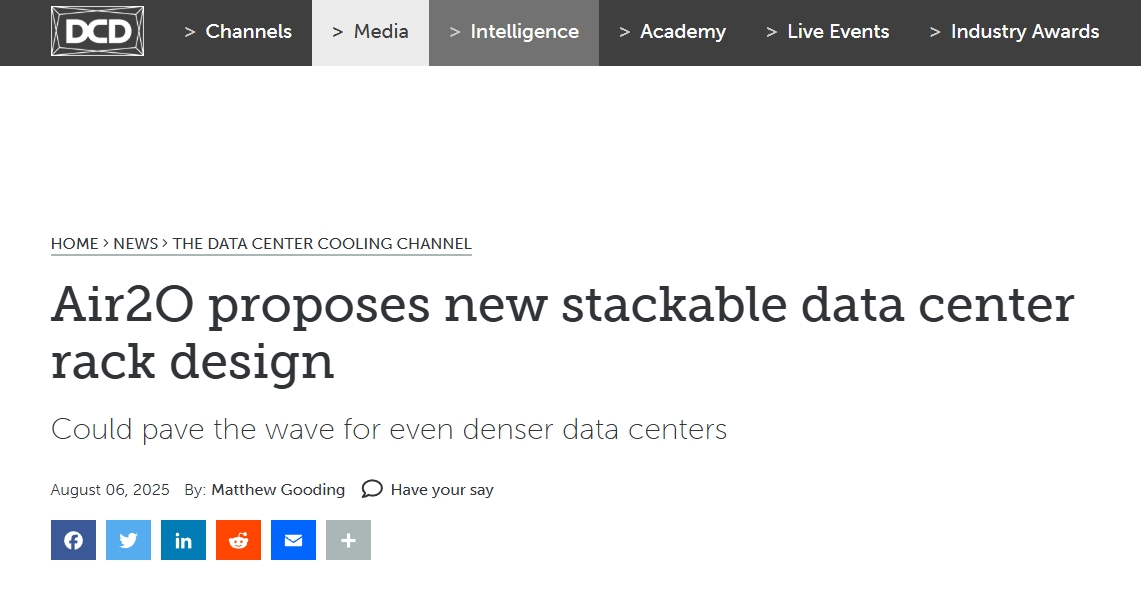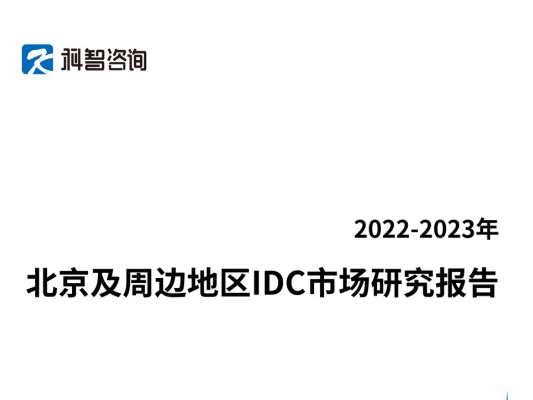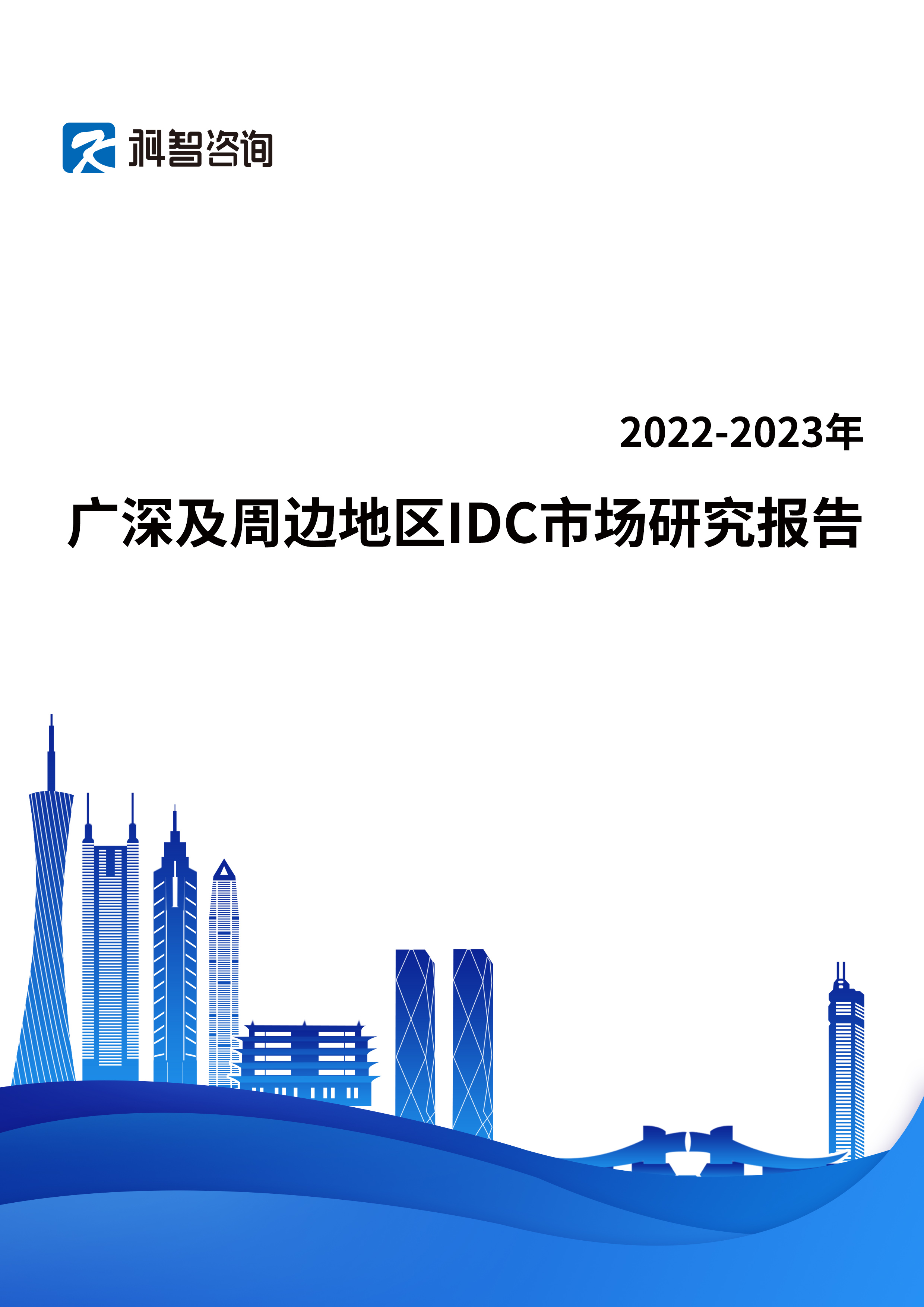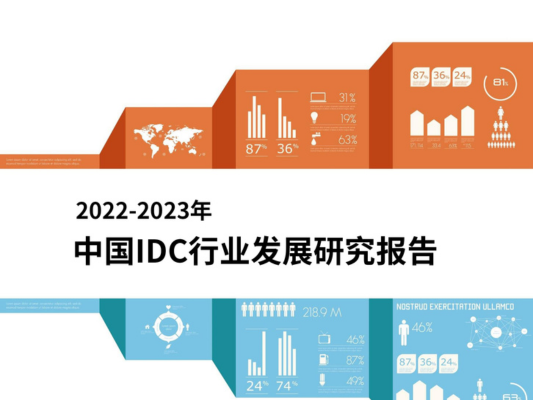Could pave the wave for even denser data centers
Cooling technology vendor Air2O has come up with a modular, stackable design for data center racks, which it says can improve cooling efficiency.
Dubbed the High Thermal Density Air-Cooled Rack Assembly, the company says it can accommodate power density of up to 320kW when using air cooling, and up to 600kW for direct-to-chip liquid cooled systems. The design would feature 42U racks laid horizontally and stacked.
For air cooling, the rack’s cooling system takes in air at temperatures of up to 80°F (26°C) and chills it to a temperature of 65°F (18°C) so that it can be used to cool the servers. A second chilling unit takes the waste heat, which comes out at a temperature of approximately 105°F (40°C), and chills it back down to 75°F (23°C) so it can be recirculated in the room.
In the liquid cooled version, a fluid distribution manifold is installed in place of the first cooling unit, according to a presentation posted online by Iggy Kogan, the company’s lead R&D engineer.
The racks can apparently be stacked on top of one another, and Air2o says that because of this it is possible to accommodate 120 modules in a 16m x 25m x 20m room, which would provide the equivalent of 400 sqm (4,305 sq ft) of floor space. This would be enough racks to cater for 40MW of IT capacity. The Air2o presentation says the 40MW Prime data center in Madrid takes up 26,000 sqm (280,000 sq ft) of space.
In a LinkedIn post, Kogan said the standard 19-inch rack used in most data centers is “outdated and was never intended for high thermal energy density equipment.”
He added: “The data center of the future should not look like a century old telephone company equipment.”
It is not clear if Arizona-based Air2O has built any of the racks yet, or if they have been deployed in the data center. DCD has contacted the company for more details.
The 19-inch rack format that is standard within most data centers today was established by AT&T around 1922 in order to reduce the space required for repeater and termination equipment in its central offices/telephone exchanges.








